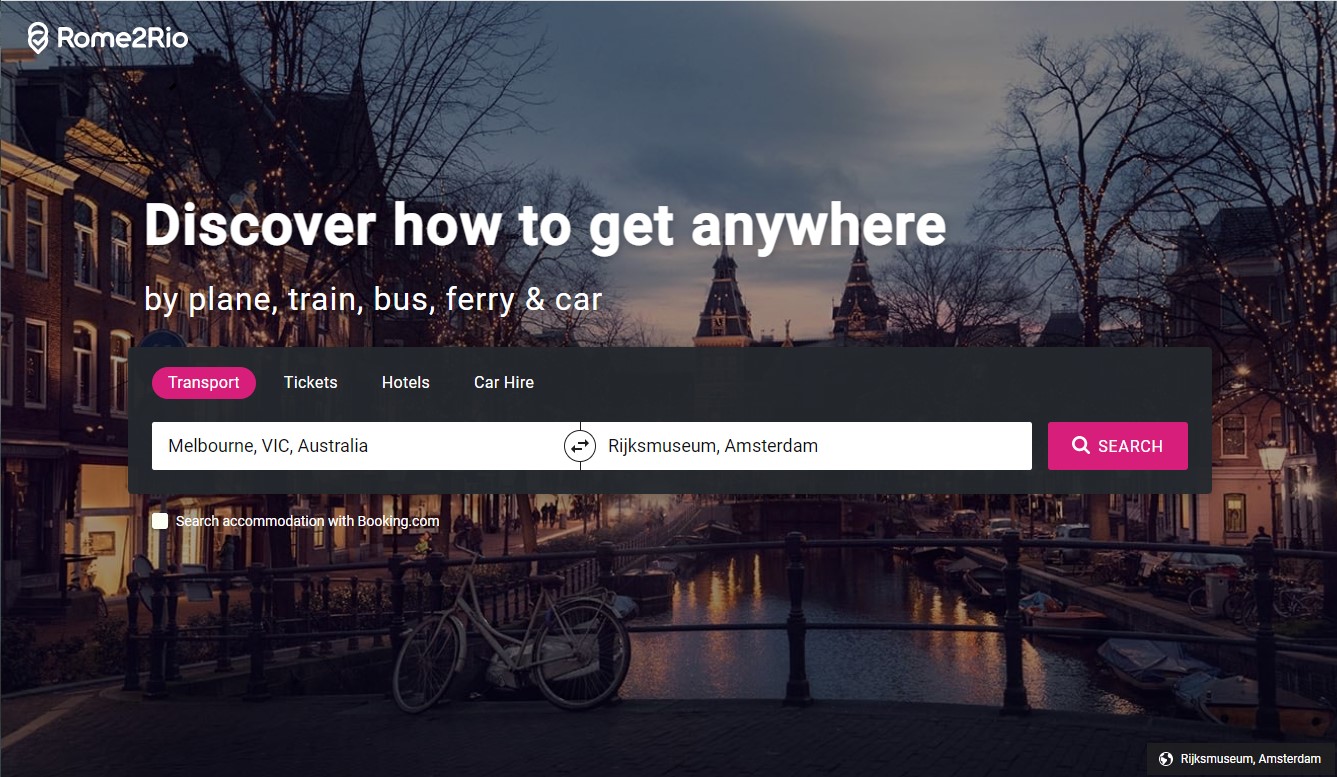Free sustainable guide to Mallorca

How to get there
While there are plenty of budget islands that fly to Mallorca, did you know that you can catch a ferry to get there from Barcelona? So if you have some time on your hands and live in Europe, why not consider making some stops along the way and taking the train to Barcelona, followed by the 7h ferry to get to Palma? This is a great way of travelling slowly but also reducing your overall carbon emissions.
My favourite apps to find overland travel routes are linked below:
Rome2Rio is the ultimate travel planning tool that provides the quickest, cheapest and most convenient transport options to get from A to B—anywhere in the world. With travel information from over 12,000 local transport operators in 10 million locations across 240+ countries and territories, it's a lifesaver!
Chronotrains is a map that shows you how far you can travel from each station in Europe in less than 8 hours.
Best time to go
So as you may already know, Mallorca is a popular beach destination, especially over the summer but there's so much more to Mallorca than just its beaches, and summer is when the island is most overcrowded. So why not travel there in shoulder or the off-season in order to lift the load? By choosing to travel during the off-season, you're helping create a more stable and sustainable year-round economy that supports local businesses and communities. On top of that, there'll be fewer crowds and accomodation should be cheaper
Shoulder season: May, June, September and October
Off season: November to April
Semana Santa:
I visited Mallorca over Easter in April 2022, and not only was the weather still pretty good, but I also got to experience 'Semana Santa' or Holy Week, which begins on Palm Sunday. The week before Easter is dedicated to a series of processions that take place through the streets depicting scenes from the story of Jesus’ birth & death. These processions are particularly impressive in Mallorca, so much so that even the Spanish Royal family visit the island at this time.
Parades of Nazarenos wearing distinct robes of their particular brotherhood and caporites (pointy hoods to bring them closer to heaven) take place throughout the island. The most impressive parades take place in Palma and Pollença.
Check out my reel below to learn more about these incredible parades:
Where to stay?
In order to have a more sustainable stay, I highly recommend avoiding big chain hotels and Airbnb, and instead concentrating on locally owned guesthouses, homestays, and sustainable boutique hotels.
Airbnb and other short term rentals are one of the drivers of unaffordable housing for locals. When landlords can make in a few nights what they might otherwise make in a month, cities struggle to keep enough rental homes on the market. And as the short term rental market booms, some investors are buying homes in popular tourist regions, just to Airbnb them. This, among other factors, has left many cities with an affordable housing shortage, where hard-working locals can’t afford to live in the areas where they work.
Along with Airbnb, international hotel chains are also a major cause of tourism leakage - where 80% of your cash heads overseas to wealthy foreign business owners, and away from local communities. Of course, it's not possible to reduce tourism leakage to zero, but by staying, shopping and eating at locally owned businesses, you can ensure that the majority of you money stays within the local economy. Below I've highlighted just some of my favourite locally owned hotels and/or sustainable boutique hotels, along with other tips on places to stay.
Disclosure: When you click 'Check prices' and book your stay through booking.com, I earn a small comission at no added cost to you. Thank you in advance for helping support my work!
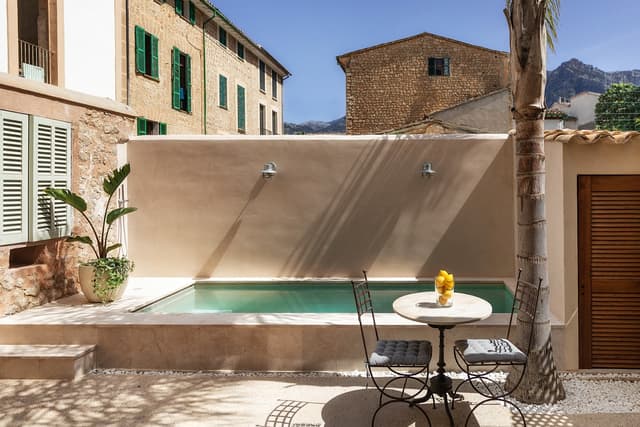
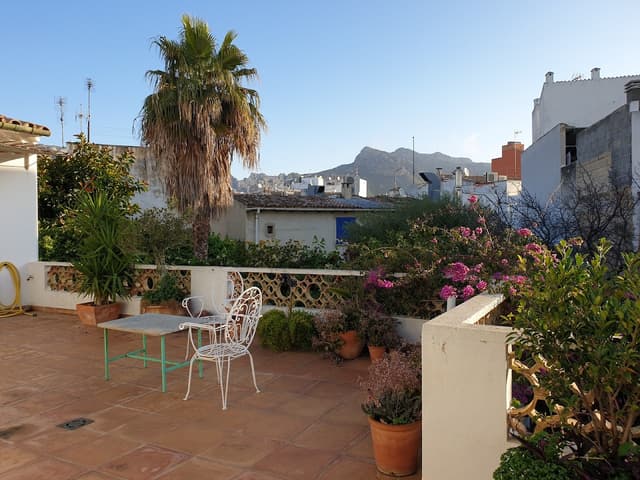
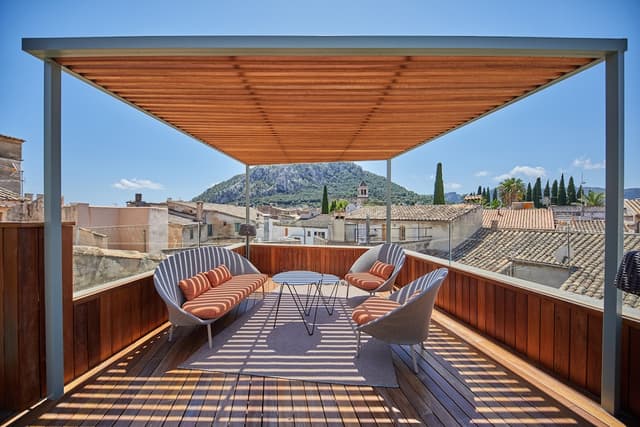

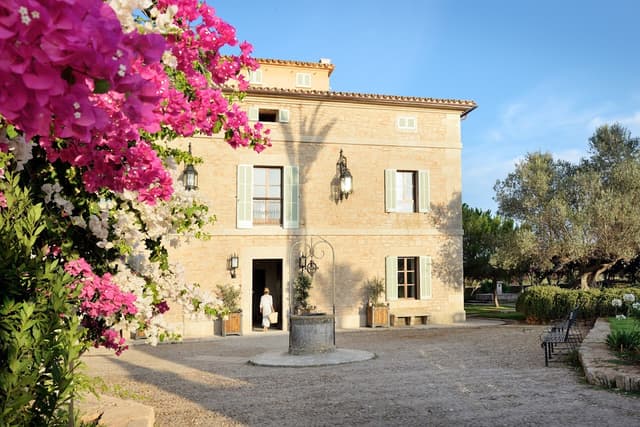

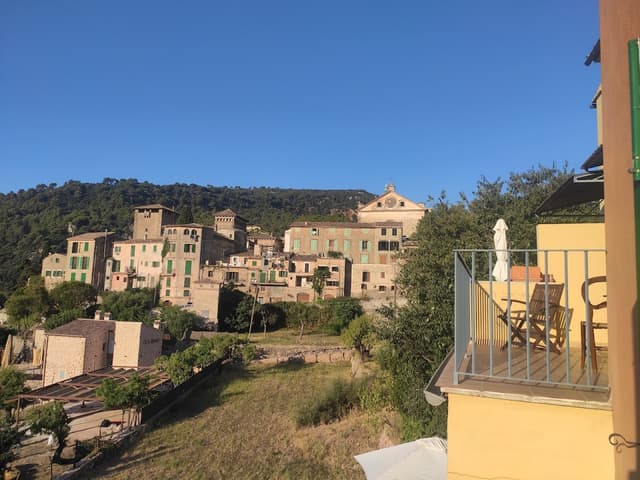

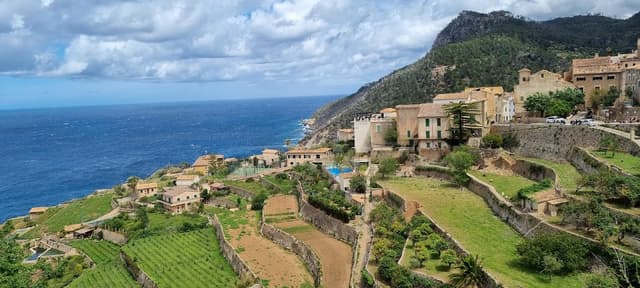
Or why not consider a homestay?
If you're looking for something more affordable and culturally immersive, why not consider staying with locals at a homestay?
How to get around the island?
Why not avoid renting a car and take public transport instead? This isn't only more affordable and sustainable but also means you don't add to the traffic and parking issues on the island.
Contrary to popular belief, you don't really need a car to get around Mallorca.Mallorca has an organised and efficient public transport system with train and metro service across much of the island.
Buses:
The public TIB buses are convenient, cheap, comfy, & connect most cities on the island. Make sure to pay by card to get 40% off & don't forget to tap in & out! Google maps works perfectly when it comes to the bus schedules & bus stops, a real life saver!
Trains:
You can catch a train from Palma all the way to Manacor or Sa Pobla, stopping at various villages, such as Santa Maria, Binissalem and Inca along the way. On most trains you can also take your bicycle with you.
You can visit www.tib.org for timetables:
If you fancy an even more scenic journey, you can take the beautiful historical wooden train from Palma to Soller. It's a one hour journey through the beautiful scenery of the Sierra Norte de Mallorca.
Where to eat?
Another way of being more sustainable on your travels is by choosing to eat at locally owned restaurants that serve local and seasonal cuisine. If possible, try to cut out meat where you can, and opt for plant-based meals where possible. Below I've highlighted some of my favourite vegan-friendly and sustainable local restaurants:
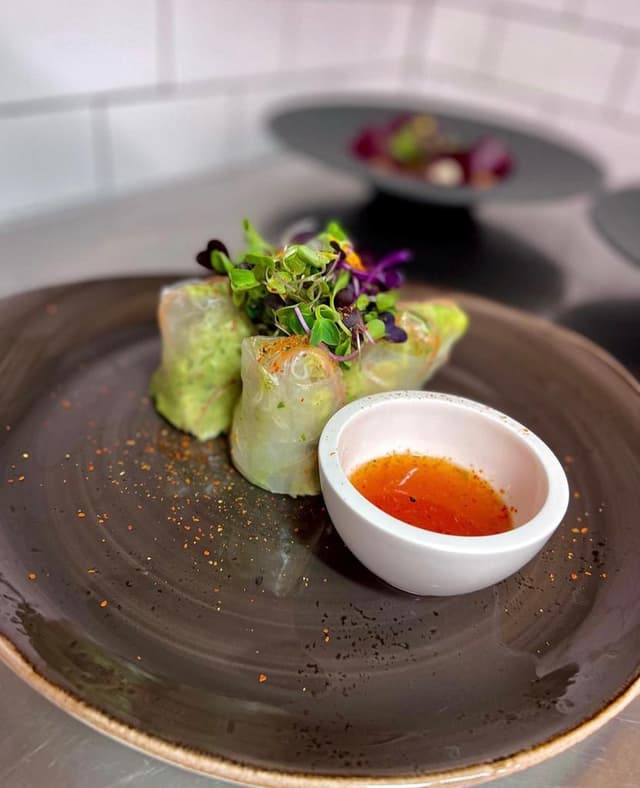
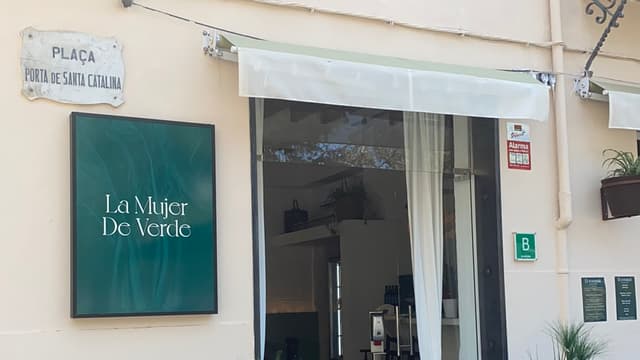

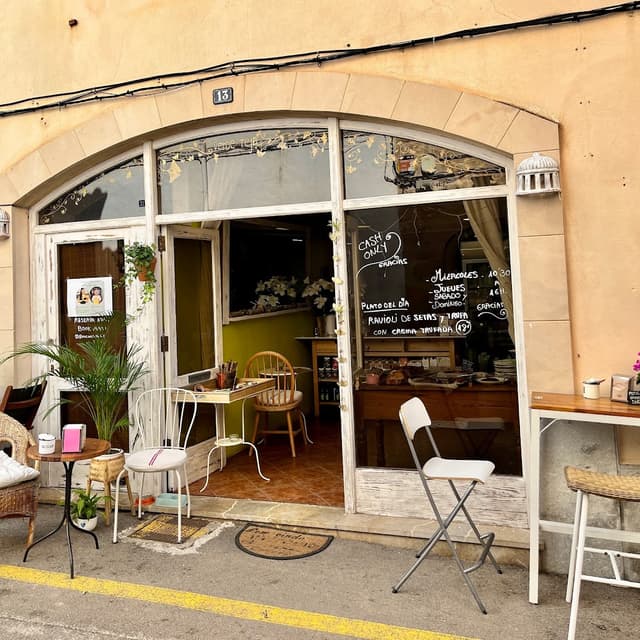
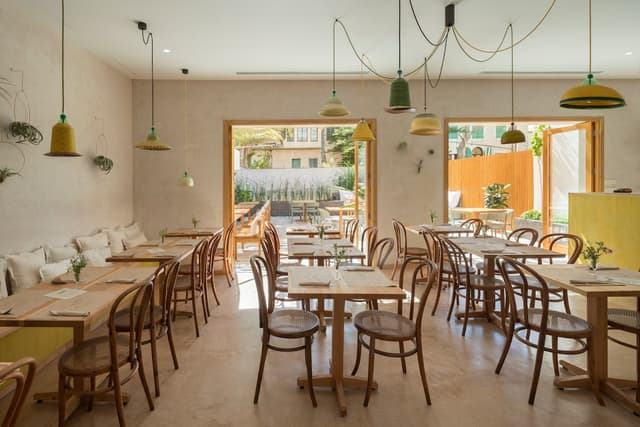

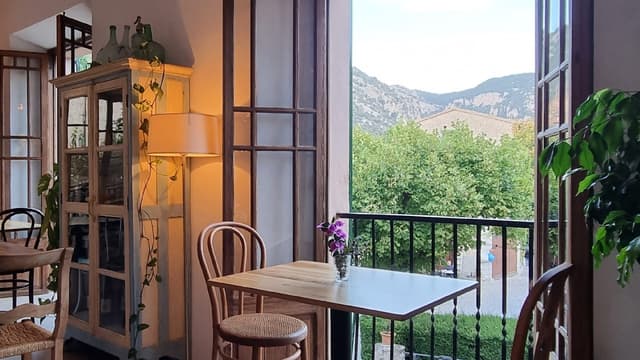
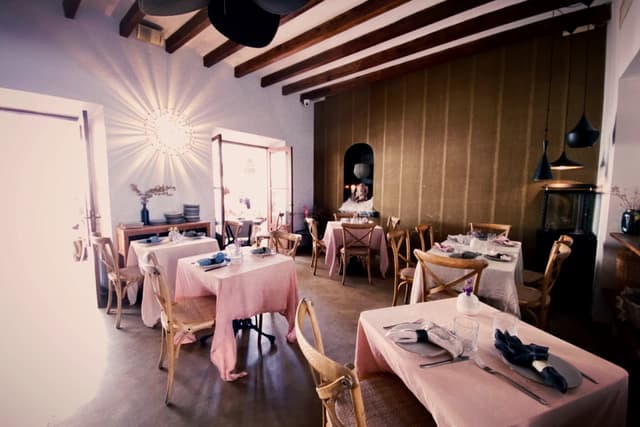

To avoid buying unecessary plastic bottles I recommend buying a reusalble filtered water bottle that allows you to drink tap water safely all around the world!
Can I help you plan your sustainable trip?
If you're planning on visiting Mallorca but don't want the hassle of planning the logistics and itinerary, I can help you by creating a Custom Itinerary for your trip. I spent a week in Mallorca in 2022 and planned the whole trip mysel! Check out the link below to learn more!
The home for unique & authentic travel
